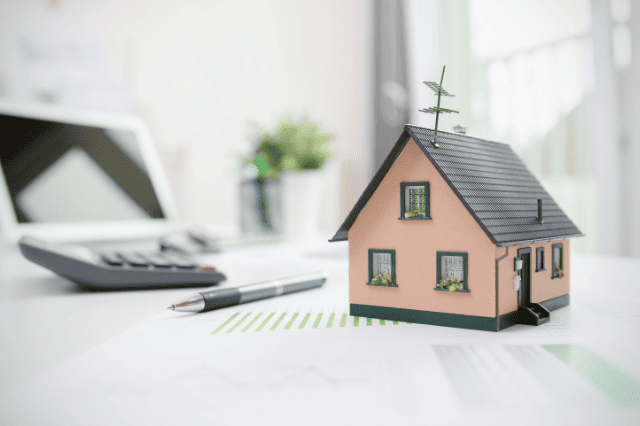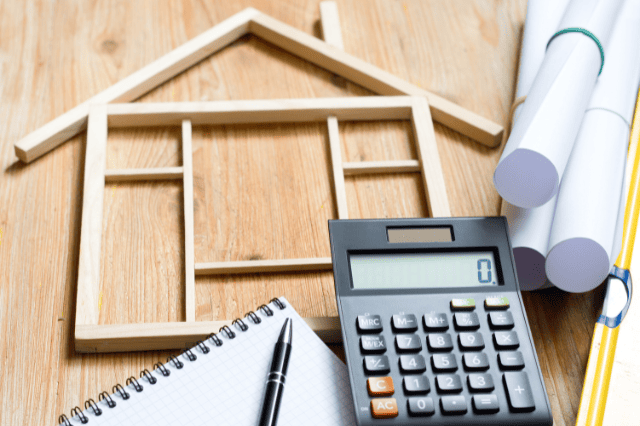Owning a rental property in Australia offers the potential for significant financial returns, but understanding the tax implications is crucial to maximising your profit. One of the key advantages of owning such a property is the ability to claim various tax deductions, which can significantly reduce your taxable income and enhance your cash flow. In this comprehensive guide, we’ll explore the various deductions available to property owners in Australia, providing you with the insights you need to optimise your financial strategy.
What Are Investment Property Deductions?
Property deductions are expenses that owners can claim on their tax returns, reducing their taxable income. These deductions cover a range of expenses related to owning, managing, and maintaining a rental property. By claiming these deductions, owners can lower their tax liability and potentially increase their net returns.
Why Are These Deductions Important?
Property deductions, including those related to negative gearing, play a vital role in the profitability of your rental. By claiming eligible expenses, you can reduce the amount of tax you pay, effectively increasing your income from the property. Understanding and correctly claiming these deductions can make a significant difference in your overall financial strategy.
Common Investment Property Deductions
a. Loan Interest Deductions
One of the most substantial deductions available to property owners is the interest on loans used to purchase the rental property. This includes interest on loans for the initial purchase as well as loans for any renovations or improvements. The interest portion of your mortgage repayments can be claimed as a deduction, significantly reducing your taxable income. Partnering with the right lender for your investment loan can further enhance your financial strategy.
b. Depreciation Deductions
Depreciation is another powerful tool for reducing your tax liability. It refers to the decline in value of your property’s assets over time. In Australia, property owners can claim depreciation on both the building itself (capital works) and the fixtures and fittings (plant and equipment).
- Capital Works Depreciation: This deduction covers the structural elements of the property, such as the building’s walls, roof, and fixed structures like fences. It’s generally claimed over a period of 40 years at a rate of 2.5% per annum.
- Plant and Equipment Depreciation: This includes items within the property that have a limited lifespan, such as carpets, appliances, and air conditioning units. The deduction is based on the effective life of the item, as determined by the Australian Taxation Office (ATO).
c. Repairs and Maintenance
Costs incurred for repairs and maintenance can be claimed as immediate deductions, provided they are necessary to restore or maintain the property. This includes expenses such as fixing a broken appliance or repainting a wall. However, it’s important to differentiate between repairs (which are deductible) and improvements (which are not immediately deductible but can be claimed over time as capital works).
d. Property Management and Agent Fees
If you employ a property manager or real estate agent to manage your rental, the fees you pay for these services are tax-deductible. This includes fees for finding tenants, collecting rent, and overseeing maintenance work.
e. Council Rates and Land Taxes
Council rates and land taxes are ongoing costs of owning property and are fully tax-deductible. These costs can add up, so claiming them as deductions is essential to reducing your taxable income.
f. Insurance Premiums
Insurance premiums for policies related to your rental, such as landlord insurance, building insurance, and public liability insurance, can also be claimed as deductions. These premiums help protect your property and provide peace of mind, and the tax deduction is an added benefit.
g. Travel Expenses
In the past, property owners could claim travel expenses related to inspecting and maintaining their rentals. However, since 1 July 2017, travel expenses for residential properties are no longer tax-deductible. Exceptions apply for corporate entities, super funds (other than SMSFs), and those in the business of property leasing.
h. Legal Expenses
Legal costs associated with your rental property, such as fees for drawing up lease agreements or handling tenant disputes, can be claimed as deductions. However, legal fees related to the purchase of the property are considered capital expenses and are not immediately deductible.
Depreciation Schedules and How to Maximise Deductions
What Is a Depreciation Schedule?
A depreciation schedule is a detailed report that outlines the depreciation deductions you can claim on your property. It is typically prepared by a qualified quantity surveyor and provides a year-by-year breakdown of the depreciation available on both the building structure and the plant and equipment.
How to Obtain a Depreciation Schedule
To maximise your deductions, it’s advisable to engage a qualified quantity surveyor to prepare a depreciation schedule for your property. The cost of preparing this schedule is also tax-deductible. A well-prepared depreciation schedule can provide significant tax savings over the life of your property.
Maximising Depreciation Deductions
To maximise your depreciation deductions, consider purchasing a newer property or undertaking renovations that qualify for capital works deductions. Additionally, keep detailed records of all expenditures related to the property’s fixtures and fittings, as these can significantly boost your depreciation claims.
What You Can’t Claim: Non-Deductible Expenses
1. Initial Purchase Costs
While many costs associated with purchasing a property are tax-deductible, some are not. For example, stamp duty, legal fees related to the purchase, and conveyancing costs are not immediately deductible. These costs are considered capital expenses and may be factored into the property’s cost base for Capital Gains Tax (CGT) purposes.
2. Principal Repayments on Loans
Only the interest portion of your loan repayments is tax-deductible. Principal repayments, which reduce the loan balance, are not deductible as they are considered capital in nature.
3. Improvements and Renovations
Expenses related to improving or renovating your property, such as adding a new room or upgrading the kitchen, are considered capital improvements. These costs are not immediately deductible but can be claimed over time as part of your capital works deductions.
Capital Gains Tax (CGT) Implications
Capital Gains Tax (CGT) is a tax on the profit you make when you sell a rental property for more than you paid for it. The gain is added to your taxable income for the year and taxed at your marginal tax rate.
Calculating CGT on Investment Properties
To calculate CGT, you need to subtract the cost base (which includes the purchase price and associated costs) from the sale price of the property. The resulting gain is subject to CGT. If you’ve owned the property for more than 12 months, you may be eligible for a 50% CGT discount.
CGT Concessions and Exemptions
Certain concessions and exemptions apply to CGT, such as the main residence exemption (if you lived in the property for a period of time) and the 50% discount for properties held longer than 12 months. Understanding these rules can help you minimise your CGT liability.
Conclusion
Understanding the deductions available for investment properties in Australia is essential for maximising your returns and reducing your tax liability. By carefully managing your expenses and claiming all eligible deductions, you can significantly improve the profitability of your investment property. If you need expert advice on investment property deductions or want to explore tailored mortgage solutions, contact Aus First Lending Group today. Let us help you achieve your financial goals and secure your future in the Australian property market.



